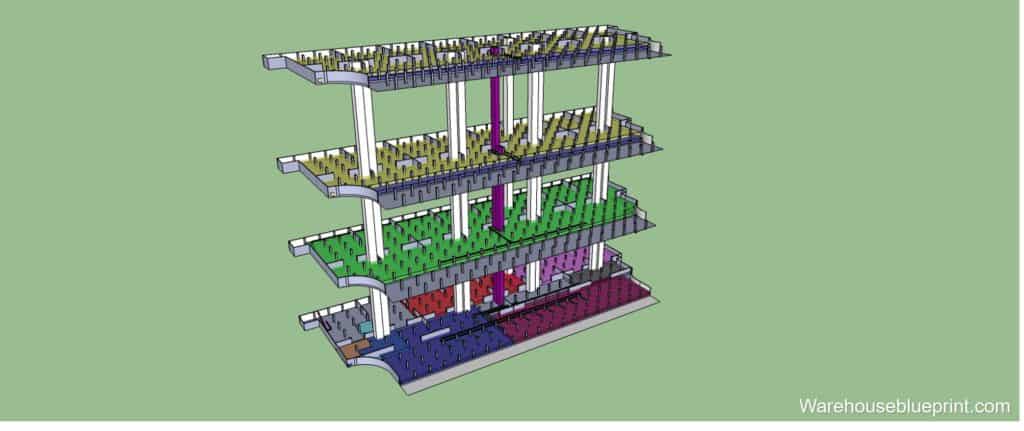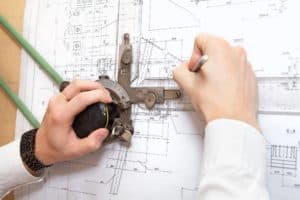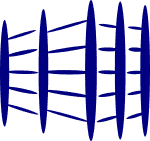You are presenting to a potential client an innovative idea of a 4-level warehouse model setup. In this 20,000 sqm warehouse, the inbound, outbound, storage and value-added services (VAS) are on different levels.
Boxes of inventory are moving from one floor to the next via the conveyor system. Openings have to be punched through the floor to make way for the conveyors and vertical lifts.
How are you going to explain the entire concept to the client?
This was the situation I was in during one of the presentations with our Business Development team together with the client.
Imagine using just CAD drawings to depict the flow of the inventory. The situation would have been disastrous. Nobody in that room would understand a single thing I said. (I do admit that I need some improvement on my communication skill.)
In addition, some of the members were from finance and procurement. They seldom came across CAD drawings, and explanation would have been slow and painful. The drawings would have been as good as a foreign language to them.
However, when I showcased the proposed layout in three dimension, with all the elements modeled in and the conveyor lines passing through from each level to the next, it became instantly crystal clear to the audiences how the material flow would be.

From the client's perspective, this three dimensional visualization became a unique point of discussion as well. The previous competitors who had already completed the presentations all showed the conventional two dimensional CAD drawings. The three dimensional drawings did give us a competitive edge over our competitors.
Do remember this, human are visual creatures. By showing them the warehouse design in three dimension, the client had a better idea on the proposal.

Imagine you are now in another project. This time round, you are working closely with the warehouse manager and her team of supervisors. The objective of the discussion is to re-layout part of the existing warehouse for process improvement. The current operations has been ongoing for the past 10 years without much changes in the layout.
You have an idea of the appropriate change. However, during the brainstorming session with the warehouse manager, she finds it difficult to understand. In addition, she is unsure whether the current warehouse space allocated is sufficient for the change.
Having the ability to model the warehouse in three dimension, your next step will be to draw the warehouse with the software. You manage to complete the current setup as well as the proposed new layout just in time for the subsequent meeting.
During the next session, you present the 3D model to the warehouse manager and the supervisors. Immediately, they understand your idea. Also, the doubt of insufficient space is eliminated.
This scenario will be another situation where the modeling of the warehouse comes in useful.

Essentially, drawing of the warehouse brings together a common understanding between the presenter as well as the audiences. It reduces the chance of miscommunication. It also has the ability to show the before and after situations.
